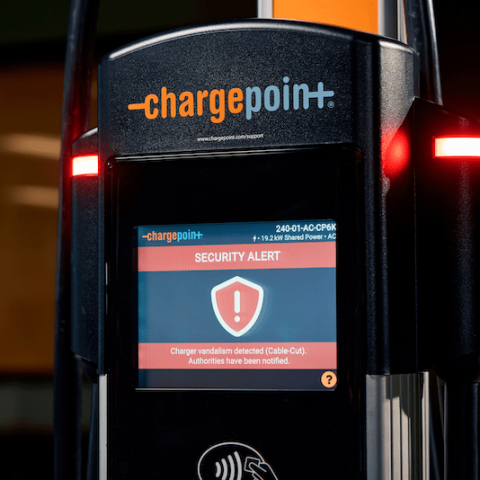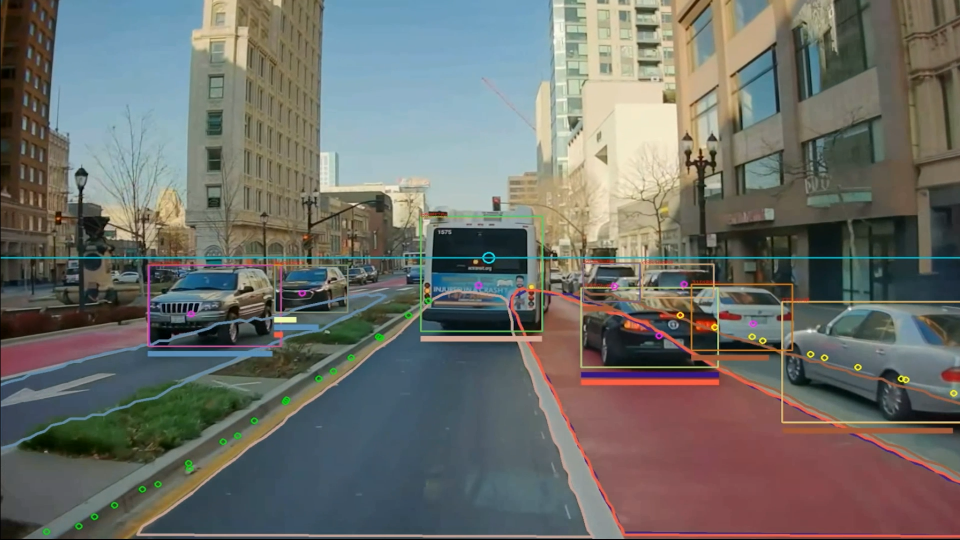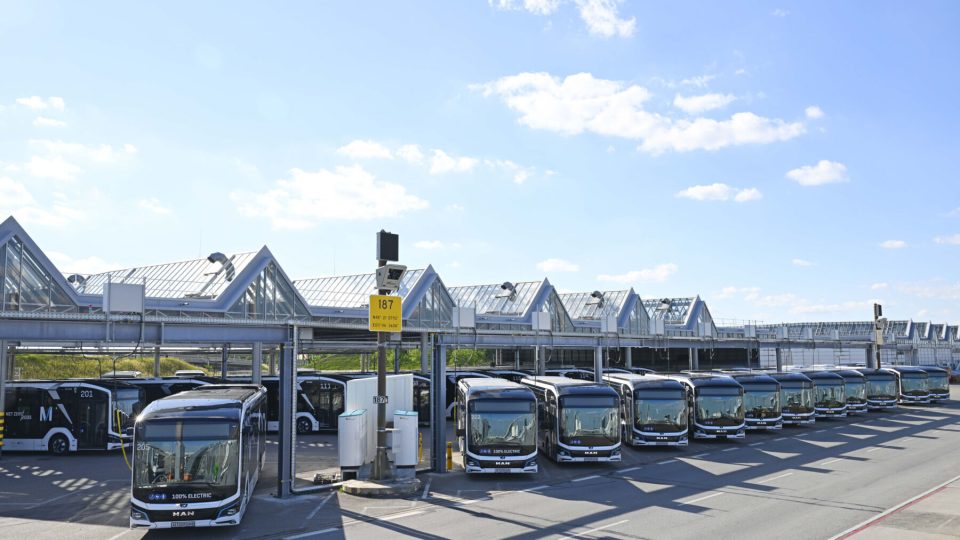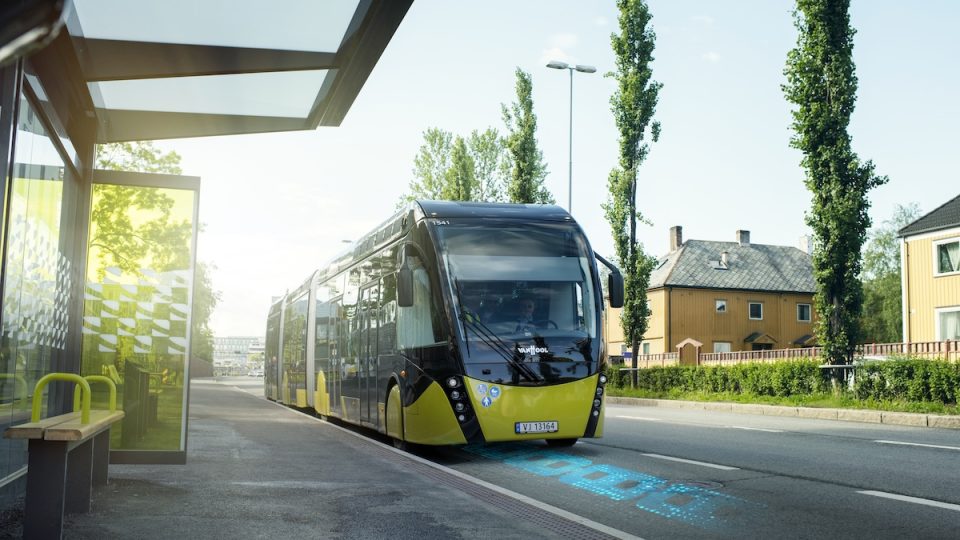ChargePoint unveils cut-resistant charging cables and alarm system for chargers
A cut-resistant charging cable and an alarm system designed to increase security levels in charging stations are two innovative solutions introduced by ChargePoint to combat vandalism and theft. The cut-resistant charging cable is crafted from advanced materials that significantly reduce the risk of theft by making it much harder for vandals to cut through. Despite […]

A cut-resistant charging cable and an alarm system designed to increase security levels in charging stations are two innovative solutions introduced by ChargePoint to combat vandalism and theft.
The cut-resistant charging cable is crafted from advanced materials that significantly reduce the risk of theft by making it much harder for vandals to cut through. Despite its enhanced durability, the cable remains flexible and easy to handle. ChargePoint plans to implement this cable across its commercial and fleet charging stations and also offers the potential for selective licensing to other manufacturers.
ChargePoint focuses on safety against vandals and theft
In tandem with this, ChargePoint Protect is an integrated alarm system designed to further bolster the security of charging stations. By utilizing the existing speakers, screens, and lighting on ChargePoint chargers, ChargePoint Protect can detect real-time tampering with the charging cables and automatically trigger an alarm. This system is available to current ChargePoint customers at no additional cost, accessible via a cloud-based software update for select charging station models.
“ChargePoint Protect and our cut-resistant cables demonstrate our relentless dedication to offering a dependable charging network. We do not view ourselves as victims of vandalism, but rather responsible for solving it, not only for our customers but for the industry,” said Rick Wilmer, CEO of ChargePoint. “We are sharing the technology to combat vandalism in the most aggressive way possible with the aim to eliminate charger reliability as a hinderance to EV adoption.”









